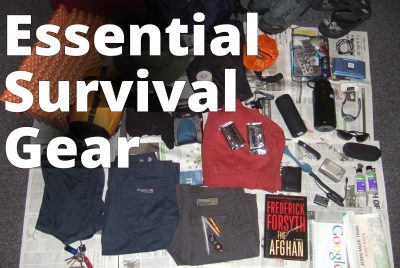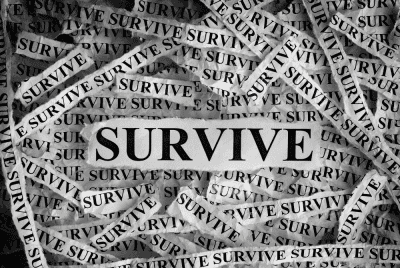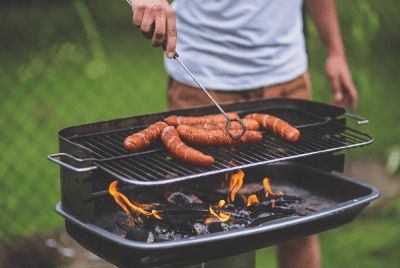How to Build the Ultimate Emergency Survival Kit
Craft Your Complete Emergency Survival Kit: Essential Supplies for Unprecedented Preparedness and Security
In a world teeming with uncertainties, the one thing you can control is your level of preparedness.
Building an emergency survival kit is not just a precaution; it’s a fundamental responsibilitya stark realization that came to me after experiencing a harrowing night lost in the dense forests of the Pacific Northwest.
The chill in the air, the eerie silence, and the realization of being utterly unprepared were pivotal in shaping my perspective on emergency readiness.
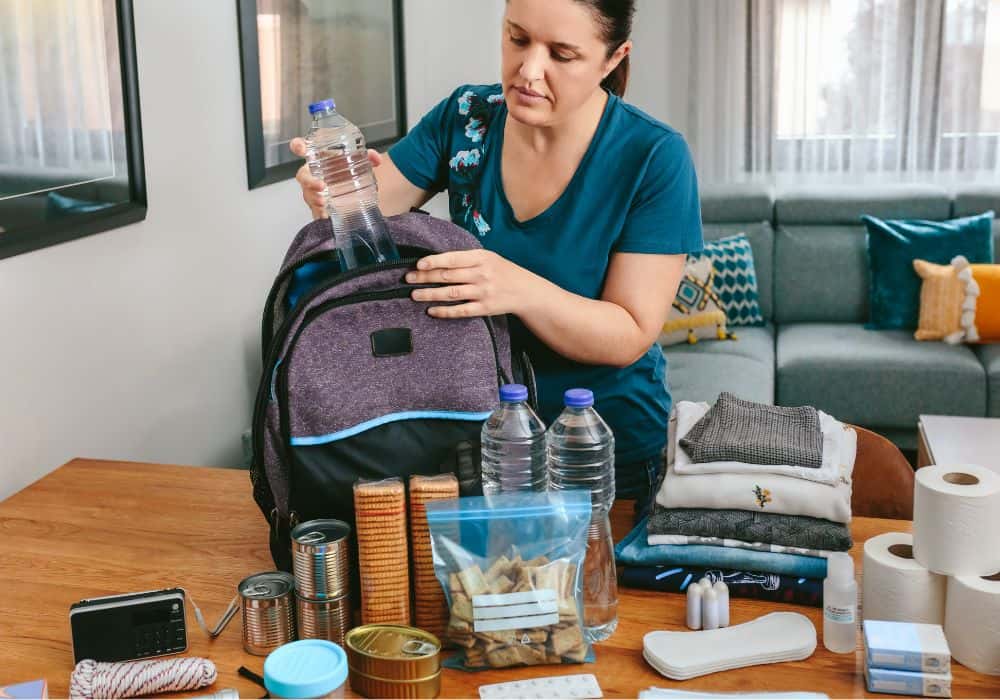
Building an Emergency Survival Kit
You will learn how to build a comprehensive emergency survival kit.
– Key items to include in your survival kit: first aid supplies, non-perishable food, water, and tools.
– Best containers for your survival kit: waterproof and durable options like dry bags and sturdy backpacks.
– Storing and maintaining your survival kit: keep it in a cool, dry place, and regularly check and replenish supplies.
20 Must Have Items For An Emergency Survival Kit
- Water purification tablets or filters
- Non-perishable food items
- Multi-tool or survival knife
- First aid kit with essential supplies
- Flashlights with extra batteries
- Emergency blankets
- Firestarter or waterproof matches
- Portable and compact shelter (tent or tarp)
- Emergency whistle
- Basic hygiene items (toothbrush, soap, sanitizer)
- Durable backpack
- Emergency cash in small denominations
- Multi-purpose tool kit
- Maps of the local area
- Solar-powered or hand-crank radio
- Compass
- Extra clothing, including waterproof layers
- Personal documents (ID, insurance, etc.) in a waterproof container
- Prescription medications
- Notepad and pen
What to Include in an Emergency Survival Kit
When it comes to assembling a survival kit, the margin for error is slender. Every item must earn its place based on utility, durability, and efficiency.
It starts with water and food, the bedrock of survival. A meticulously chosen selection of non-perishable foods, alongside a minimum of one gallon of water per person per day, for at least three days, is imperative.
However, it’s not just about quantity; quality matters. Opt for energy-rich foods like nuts, protein bars, and dried fruits that pack a nutritional punch without occupying much space.
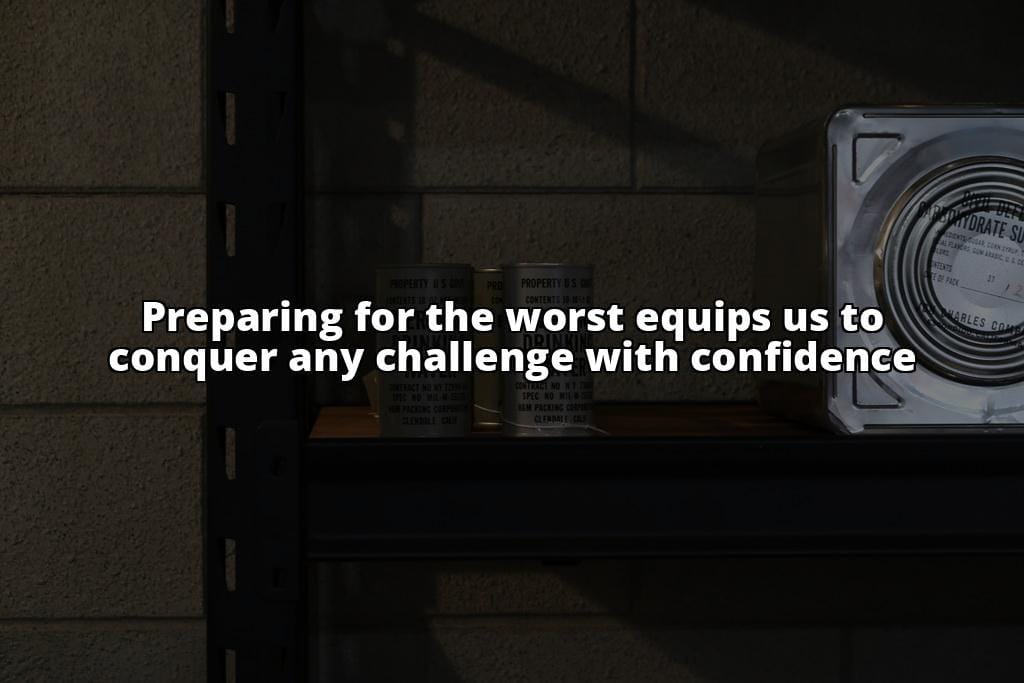
First aid is another non-negotiable component. A comprehensive first aid kit, tailored to meet the specific health needs of your family, is crucial.
From bandages to antibiotics, antiseptics, and prescription medications, ensure you’re prepared to address minor injuries and manage chronic conditions under duress.
Tools and equipment form the backbone of any survival kit. A multi-tool, a flashlight with extra batteries, a manual can opener, and a whistle are indispensable.
They embody versatility and can be lifesavers in scenarios that demand self-reliance.
Moreover, incorporating a fire starter and matches stored in a waterproof container can make the difference between warmth and hypothermia.
Insider Tip: Don’t overlook personal documents and cash. In an age governed by digital transactions, the value of hard currency in emergencies skyrockets.
Similarly, copies of essential documents can facilitate identification, access to services, and expedite the recovery process post-crisis.
The Best Containers for Your Emergency Survival Kit
Selecting the right container for your survival kit is as critical as the contents themselves. The ideal container is robust, waterproof, and portable.
In my quest for the perfect solution, I discovered the merits of military-grade plastic bins.
Their durability is unmatched, offering protection against elements and pests, while their sealing mechanisms ensure contents remain dry and secure.

For those consistently on the move or seeking a kit that’s easily transportable, backpacks designed for hiking offer an excellent alternative.
They’re lightweight, compartmentalized, and engineered to distribute weight evenly, mitigating the strain on your back during extended periods of mobility.
How to Store Your Emergency Survival Kit
Storage is not merely about keeping your kit out of sight; it’s about ensuring accessibility and preservation.
The ideal location is cool, dry, and devoid of direct sunlight, which can degrade food and medicine.
Moreover, your kit should be readily accessible, ideally positioned near an exit. This facilitates a quick departure, irrespective of the emergency.
Insider Tip: Regularly review the storage conditions. Fluctuations in temperature and humidity can compromise the integrity of your kit. A periodic check ensures that your preparations remain in optimal condition, ready for when you need them most.
The Importance of Regularly Updating Your Emergency Survival Kit
As a resident of a coastal area, I’ve experienced the devastating effects of hurricanes firsthand. When Hurricane Katrina hit, I realized the importance of having a well-prepared emergency survival kit.
However, it wasn’t until a few years later, when Hurricane Maria struck, that I truly understood the necessity of regularly updating the contents of my kit.
Updating for Changing Needs
After Hurricane Maria, it became clear that my family’s needs had changed. We required more non-perishable food items, additional water, and specific medications that were not included in our previous kit.
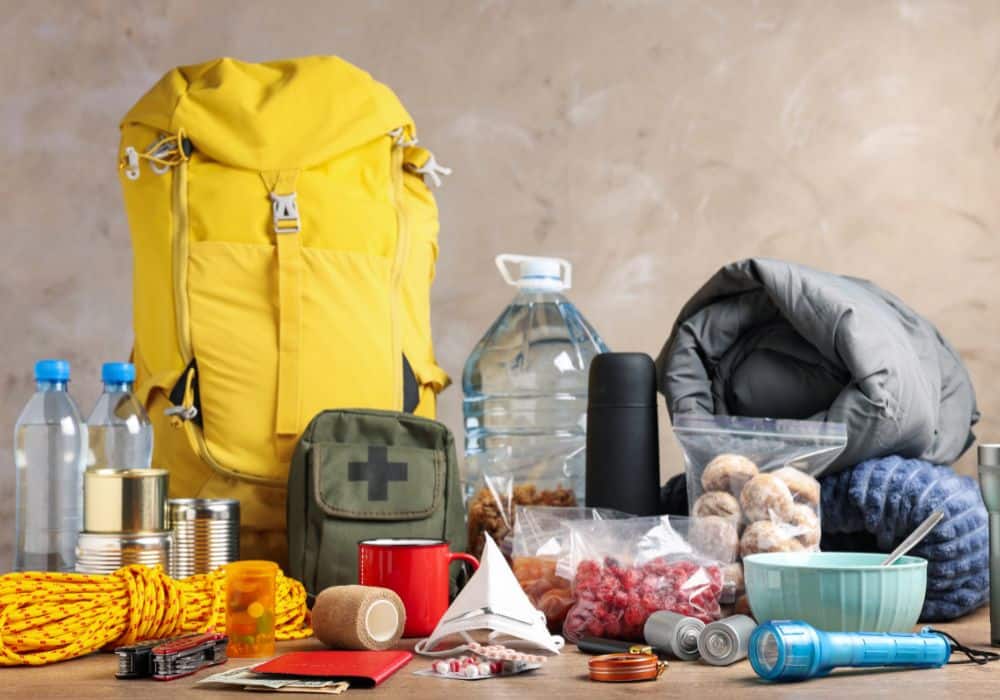
This experience taught me the importance of regularly reassessing our emergency supplies to ensure they aligned with our evolving needs.
Staying Informed and Prepared
Moreover, staying informed about new developments in emergency preparedness led me to include items such as a portable solar charger for our electronic devices and a hand-crank radio for receiving updates during power outages.
Conclusion
My personal experience emphasizes that regularly updating your emergency survival kit is crucial for ensuring that it meets your family’s specific needs and remains aligned with the latest recommendations for emergency preparedness.
How to Maintain Your Emergency Survival Kit
Maintenance is the silent guardian of emergency preparedness. It’s a process that demands diligence and foresight, ensuring that every item in your kit remains functional and up-to-date.
Begin by scheduling bi-annual reviews of your kit’s contents. Check expiry dates on food, water, and medication, replacing anything that’s close to expiring.
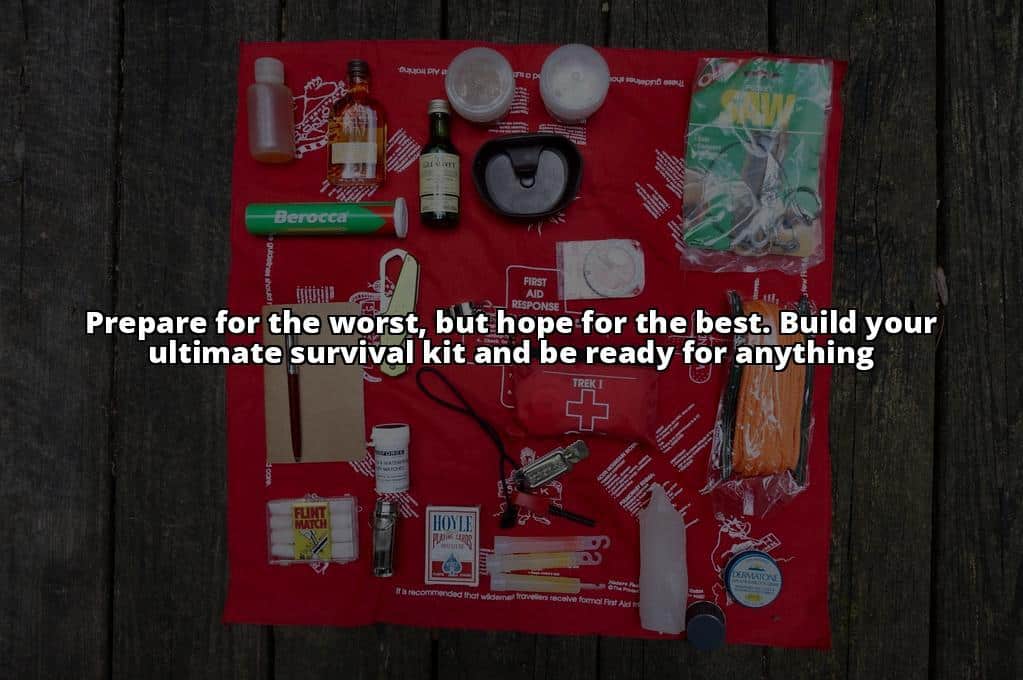
Equally important is the functionality check of all tools and equipment. Batteries degrade, matches can dampen, and tools can corrode.
A proactive approach to maintenance not only extends the lifespan of your kit but also guarantees its reliability in moments of crisis.
What to Do After an Emergency
The aftermath of an emergency is often marked by confusion and disarray. Here, your survival kit transitions from a tool of survival to one of recovery.
Utilize the resources within to re-establish a semblance of normalcy. Begin by assessing your immediate needs and rationing remaining supplies judiciously.
Communication tools within your kit, such as a battery-powered radio, become invaluable for staying informed and making strategic decisions.
Moreover, this phase underscores the importance of community. Sharing resources, knowledge, and support can expedite recovery efforts.
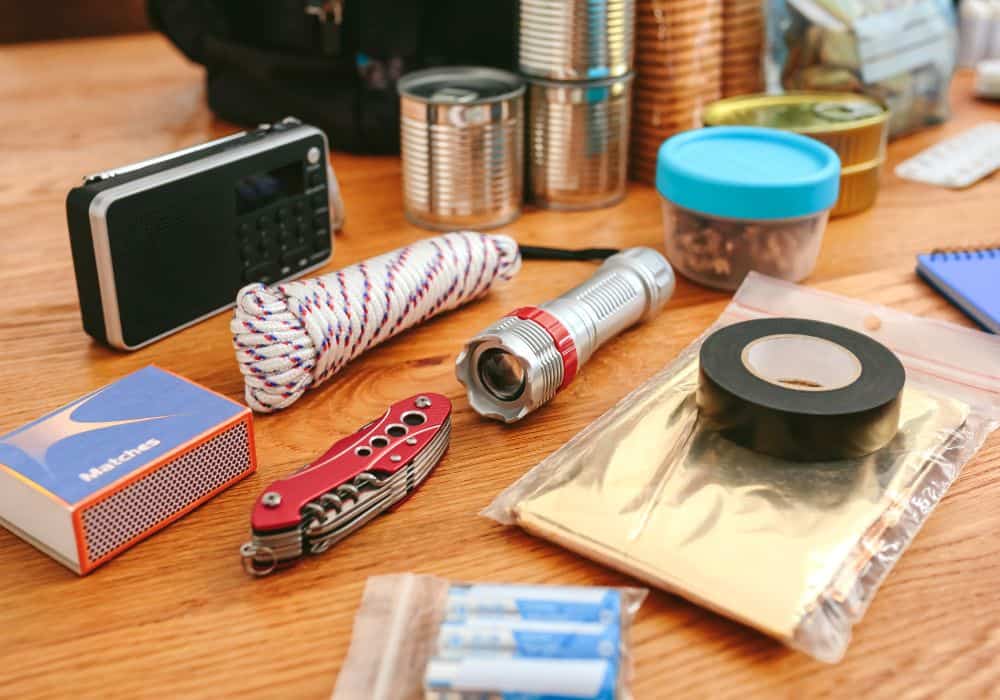
Thus, consider not just the self-sufficiency of your kit but also its capacity to aid others. It’s a testament to the adage that we’re stronger together.
Insider Tip: Post-emergency, document your experiences and lessons learned. This reflection is not just cathartic; it’s educational, offering insights that can refine your preparedness strategies moving forward.
In conclusion, building an emergency survival kit is a profound exercise in foresight, responsibility, and resilience.
It’s a tangible manifestation of our commitment to safeguarding ourselves and our loved ones against the unpredictable.
The journey from my harrowing night lost in the wilderness to becoming an advocate for emergency preparedness was transformative.
It taught me that being prepared is not just about surviving; it’s about thriving in the face of adversity. Let your survival kit be a beacon of readiness, embodying the aphorism that the best time to prepare was yesterday, the next best time is now.
Answers To Common Questions
Q. Who should have a survival kit for emergencies?
A. Anyone living in areas prone to natural disasters should have a survival kit.
Q. What should be included in a basic survival kit?
A. A basic survival kit should include water, non-perishable food, first aid supplies, a flashlight, and a multi-tool.
Q. How do I build a personalized survival kit?
A. Assess your specific needs and situation, then customize your kit with items like medications, important documents, and specific tools.
Q. What if I can’t afford to buy a pre-made survival kit?
A. You can start by assembling your survival kit gradually, starting with the most essential items and adding more over time.
Q. What are some common mistakes when building a survival kit?
A. Common mistakes include not rotating food and water supplies, neglecting to consider personal needs, and not updating the kit regularly.
Q. How can I ensure my survival kit stays up to date?
A. Regularly check expiration dates, replace batteries, and review the contents of your survival kit at least once a year.


